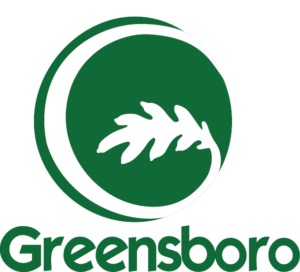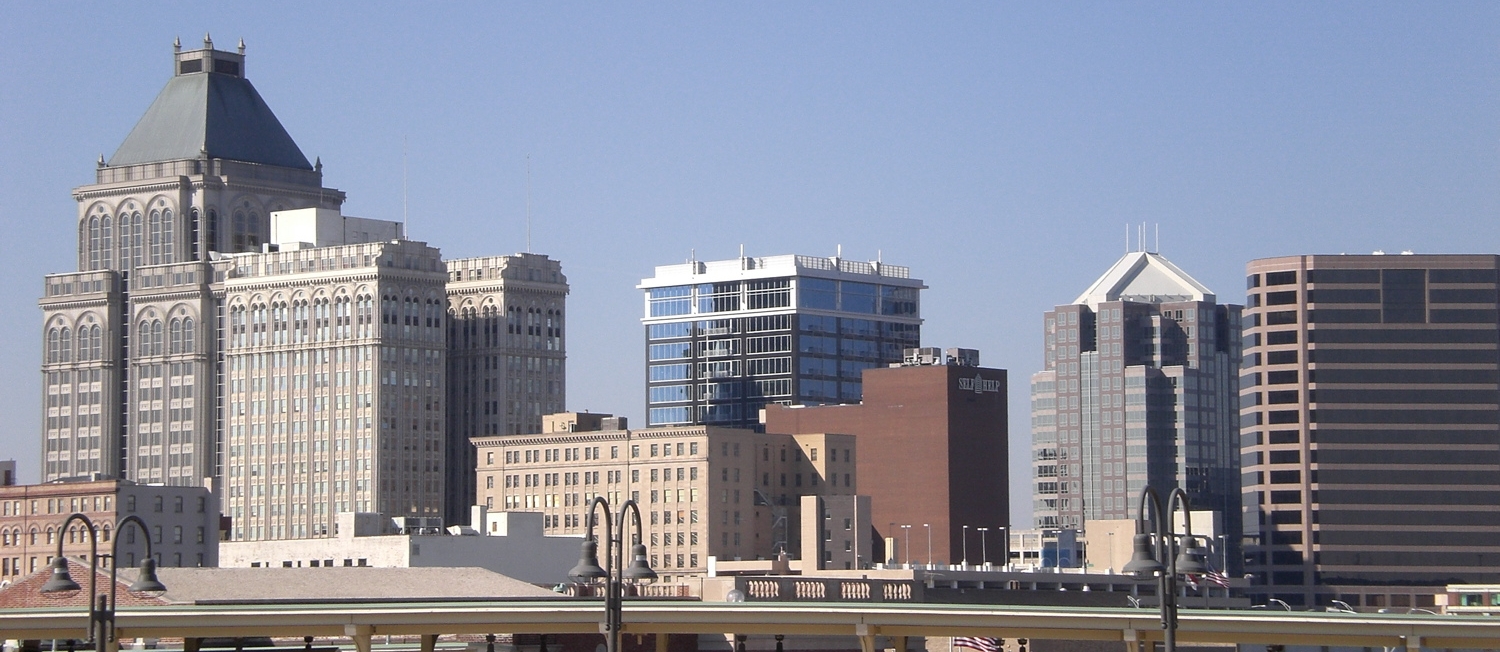 Mosaic Partnerships™ Greensboro, NC
Mosaic Partnerships™ Greensboro, NC
On November 3, 1979, Greensboro was shaken by the “Greensboro Massacre,” when members of the Ku Klux Klan and American Nazi Party drove into East Greensboro and opened fire on a peaceful anti-Klan demonstration organized by community activists. Five people were killed and at least ten were injured in broad daylight, while police presence was notably absent. The attack, fueled by racial tensions, economic injustice, and political unrest, not only devastated families but also exposed the deep fractures of systemic racism in the city (Brown et al., 2006).
Aftermath: Injustice and Broken Trust
In the aftermath, survivors and community members sought justice, but trials in both state and federal courts failed to convict the shooters, despite clear evidence of the violence. This miscarriage of justice deepened mistrust between Greensboro’s Black community and local institutions, especially the police and city officials whose inaction allowed the tragedy to unfold.
From Tragedy to Transformation: Truth and Reconciliation
Decades later, the demand for accountability and healing led to the creation of the Greensboro Truth and Reconciliation Commission (2004–2006)—the first of its kind in the United States. The TRC uncovered hard truths about systemic racism, civic failures, and community trauma, and its recommendations laid the groundwork for new models of racial healing.
Launching the Mosaic Partnership Program
The Mosaic Partnership program was launched in Greensboro to carry forward the work of bridging divides, building trust across racial and cultural lines, and ensuring that the painful lessons of November 3, 1979, would inspire lasting and transformative change. Mosaic continues to bring together community leaders, citizens, and institutions to heal racial divides, promote dialogue, and create systemic equity.
Highlights
-
-
First Citywide Launch of Newly Rebranded Mosaic Partnerships in the United States
Greensboro transformed into a pioneering city to implement the Mosaic Partnership model following the Truth and Reconciliation Commission (2004–2006). This initiative positioned Greensboro as a national leader in racial healing, dialogue, and equity-focused community building.
-
-
-
Engagement of Diverse Community Leaders
The program successfully recruited and paired leaders from business, law enforcement, education, faith, and grassroots organizations into cross-racial partnerships. In its first cycles, dozens of leaders and citizens completed the program, fostering relationships that cut across historical lines of division.
-
-
-
Measurable Growth in Cross-Racial Partnerships
Evaluations of early Mosaic cohorts in Greensboro reported increased trust, reduced prejudice, and strengthened social capital among participants. Post-program surveys documented that over 80% of participants sustained ongoing dialogue or partnerships beyond the program’s conclusion.
-
-
-
Replication and National Recognition
Because of the demonstrated impact in Greensboro, the Mosaic Partnership Program has since been studied and adapted in other U.S. cities, further validating Greensboro’s role as the model city for interracial dialogue and systemic reconciliation initiatives.
-


